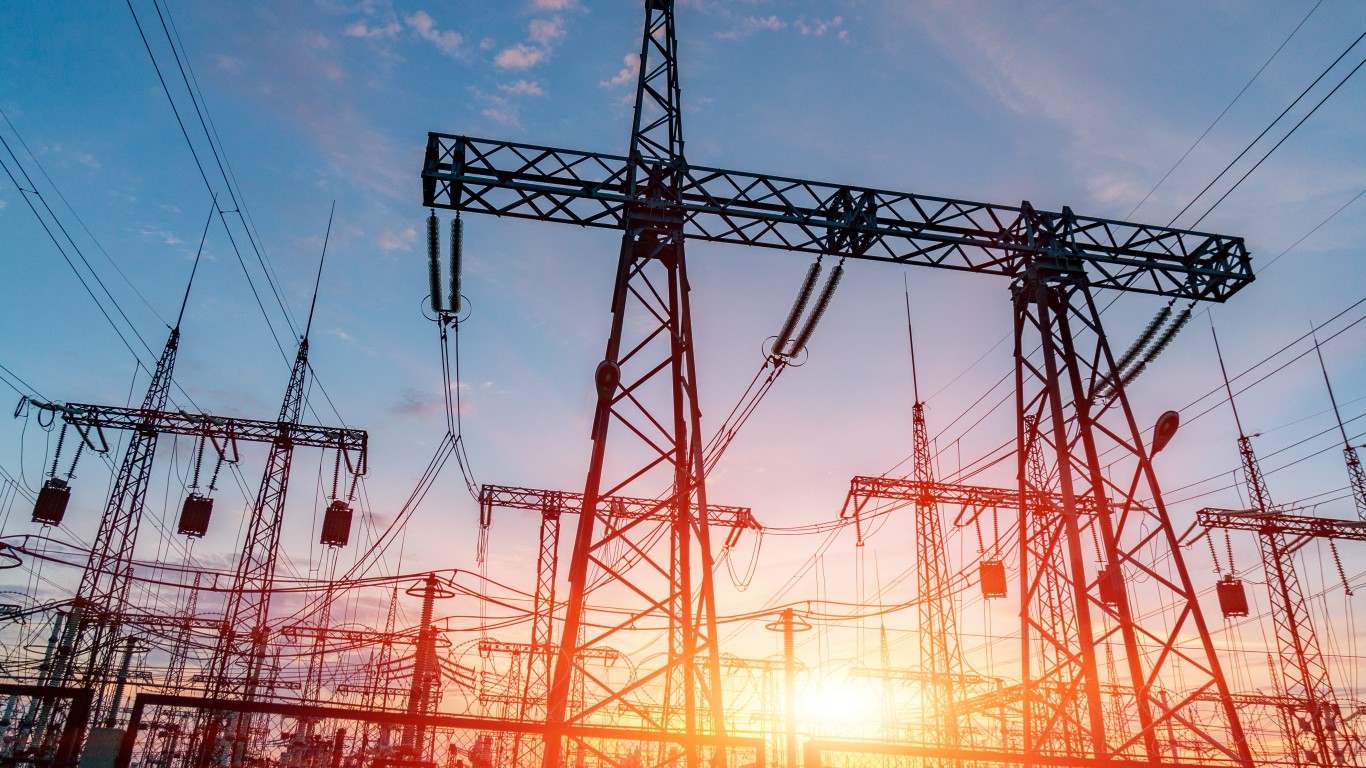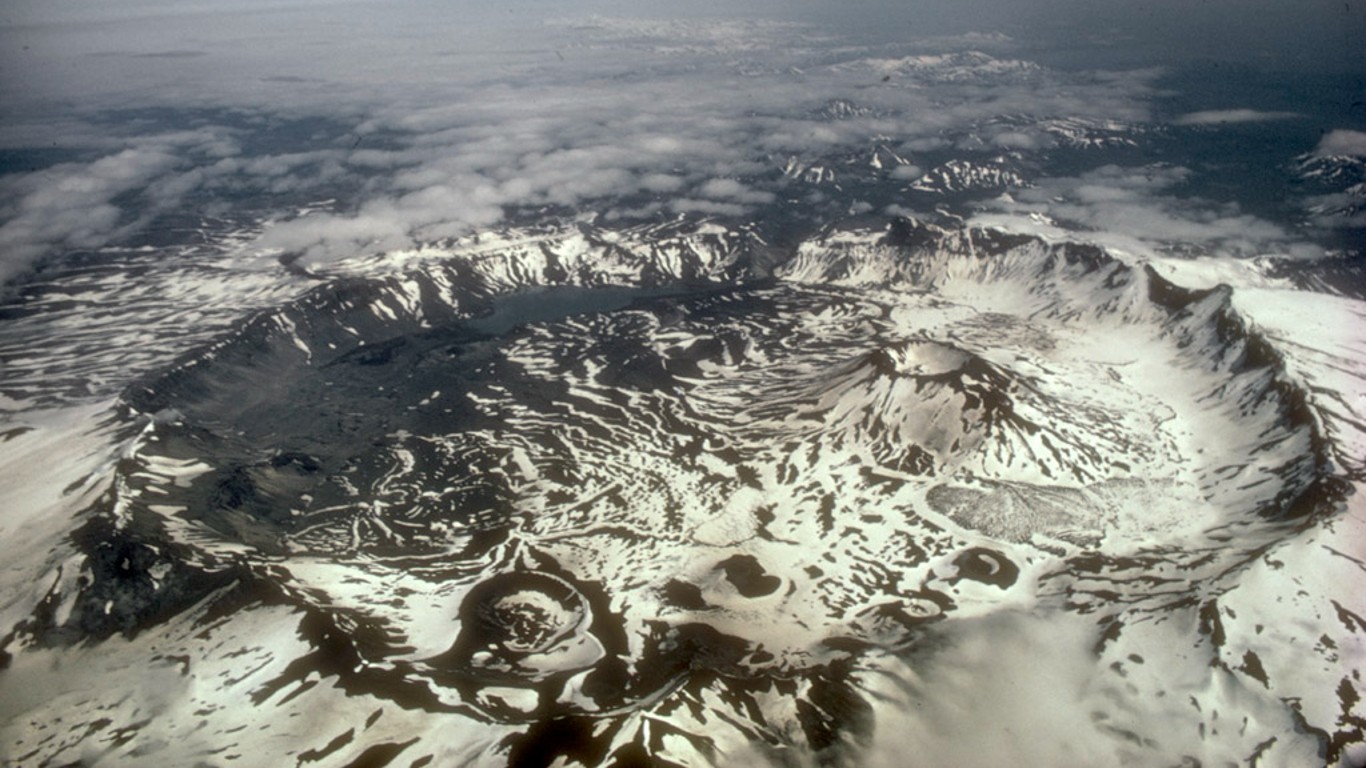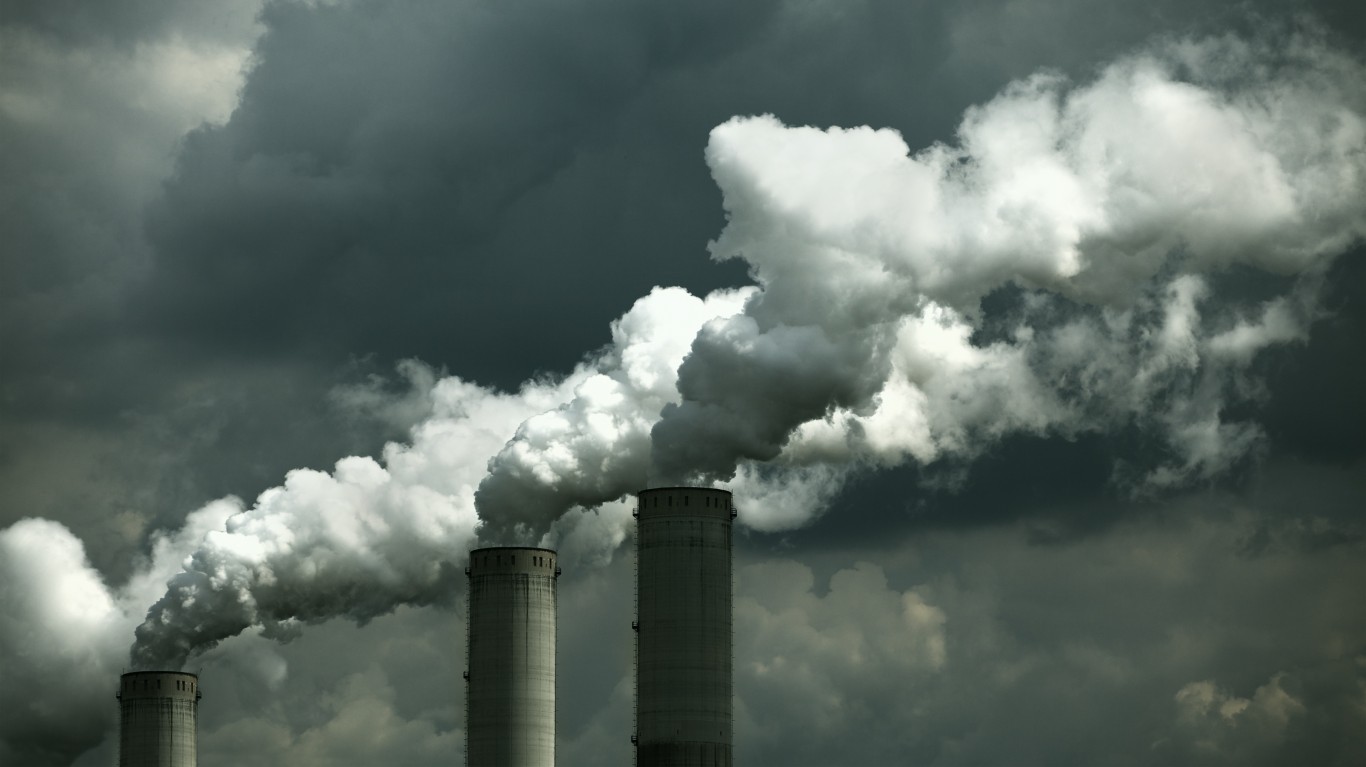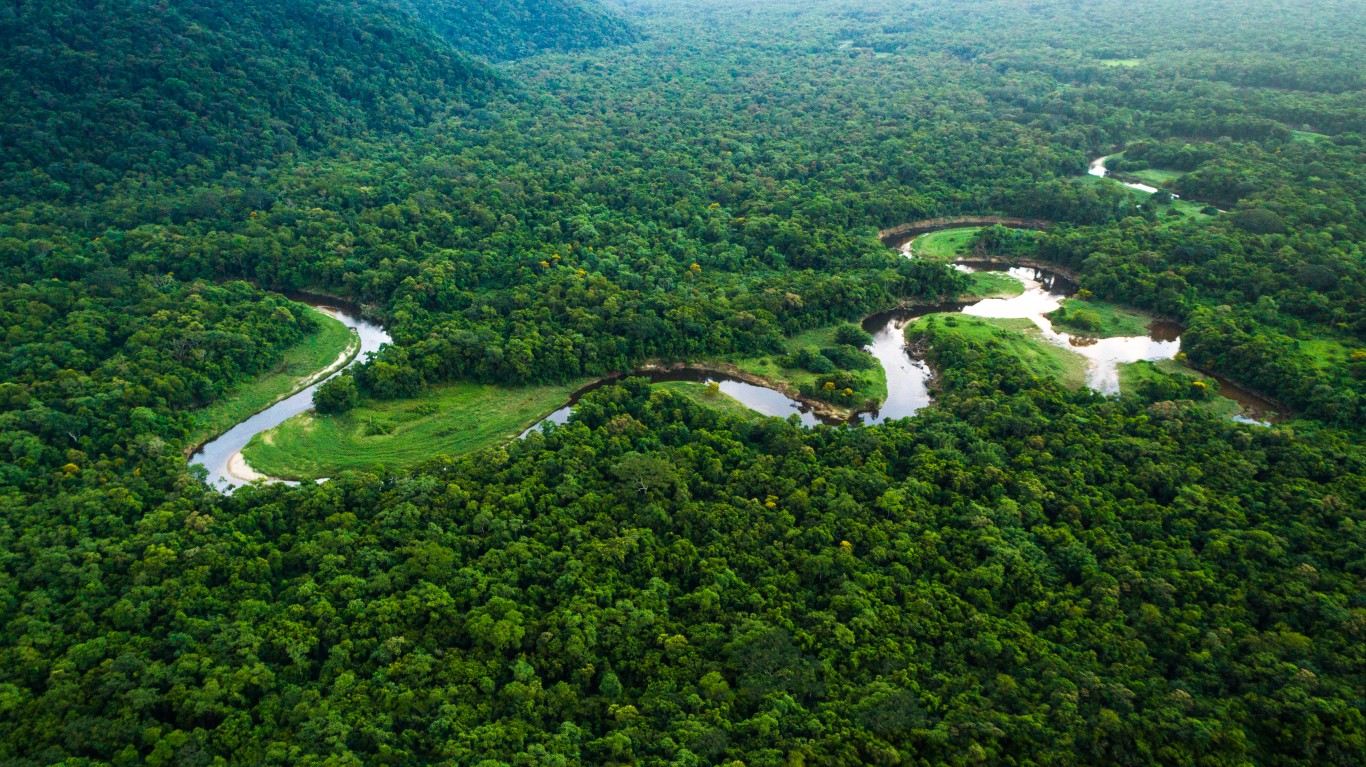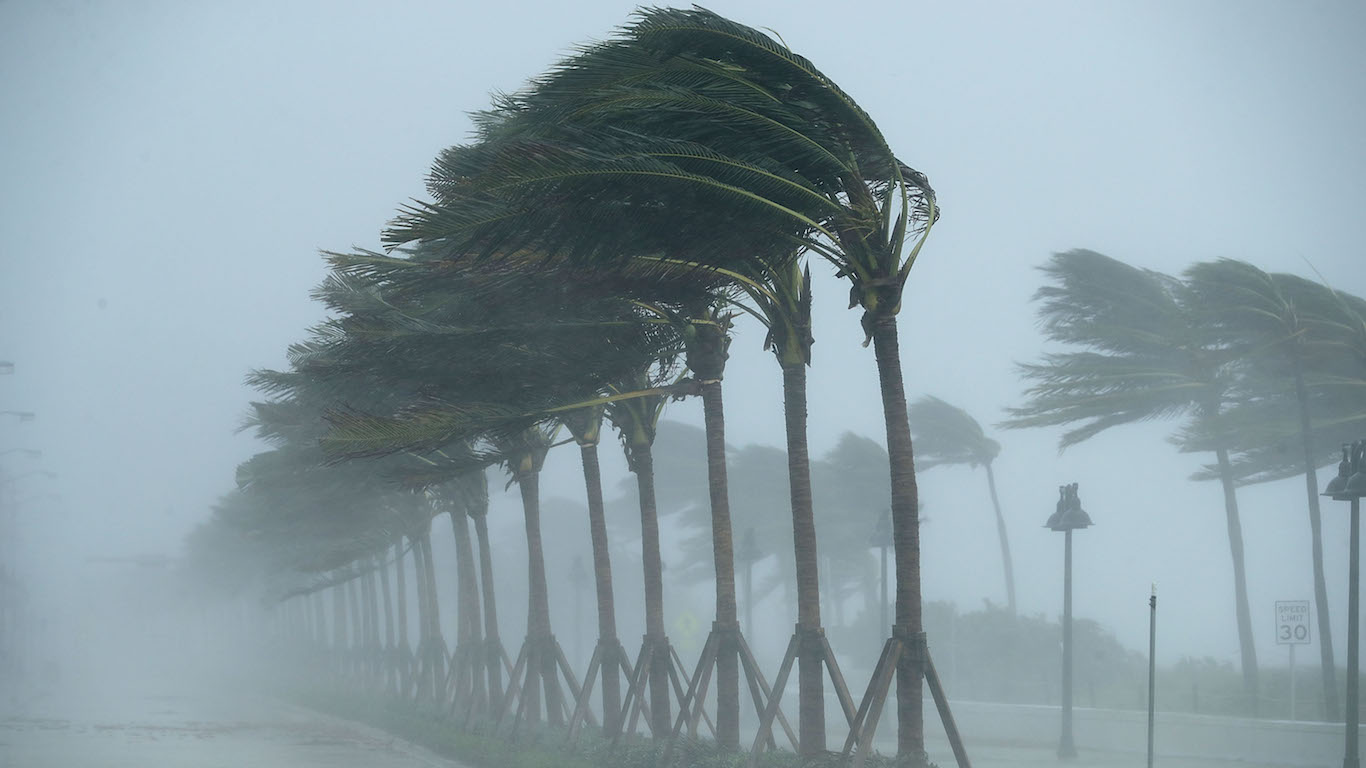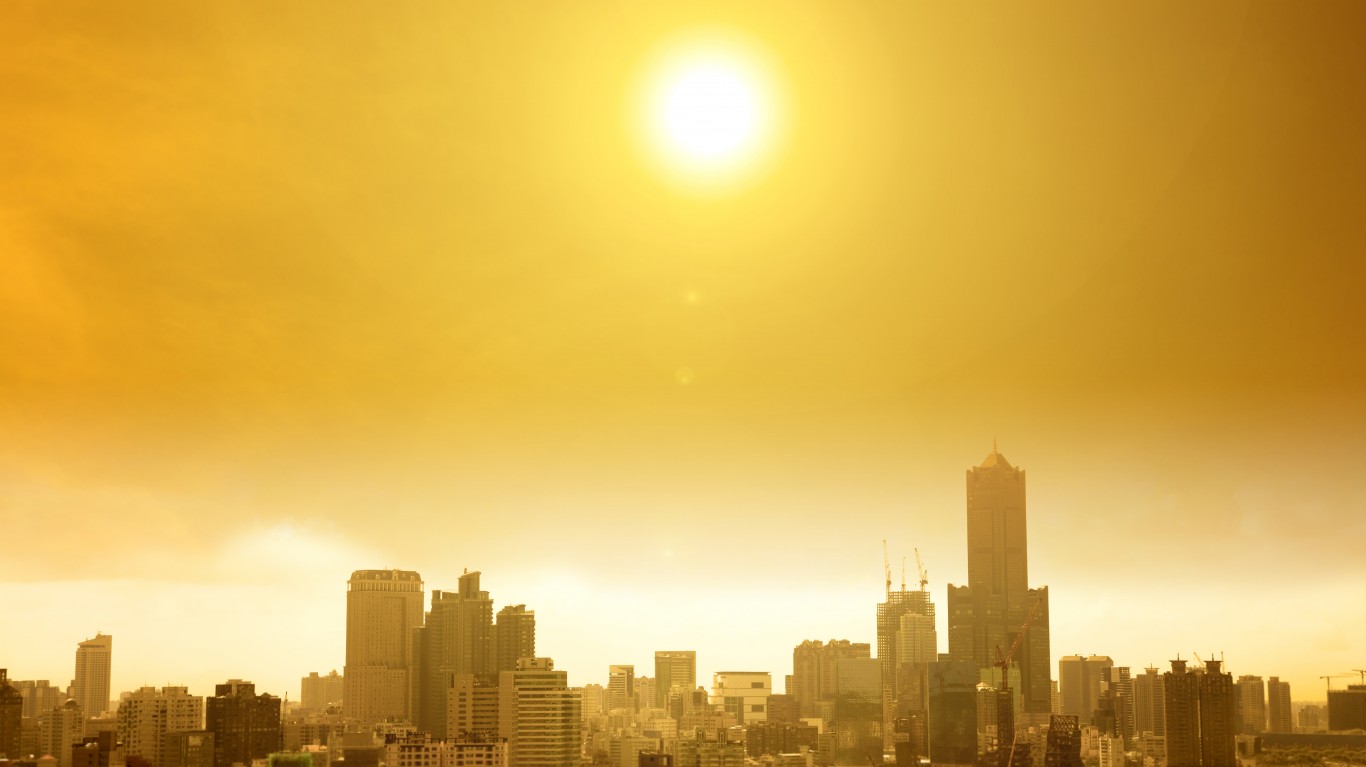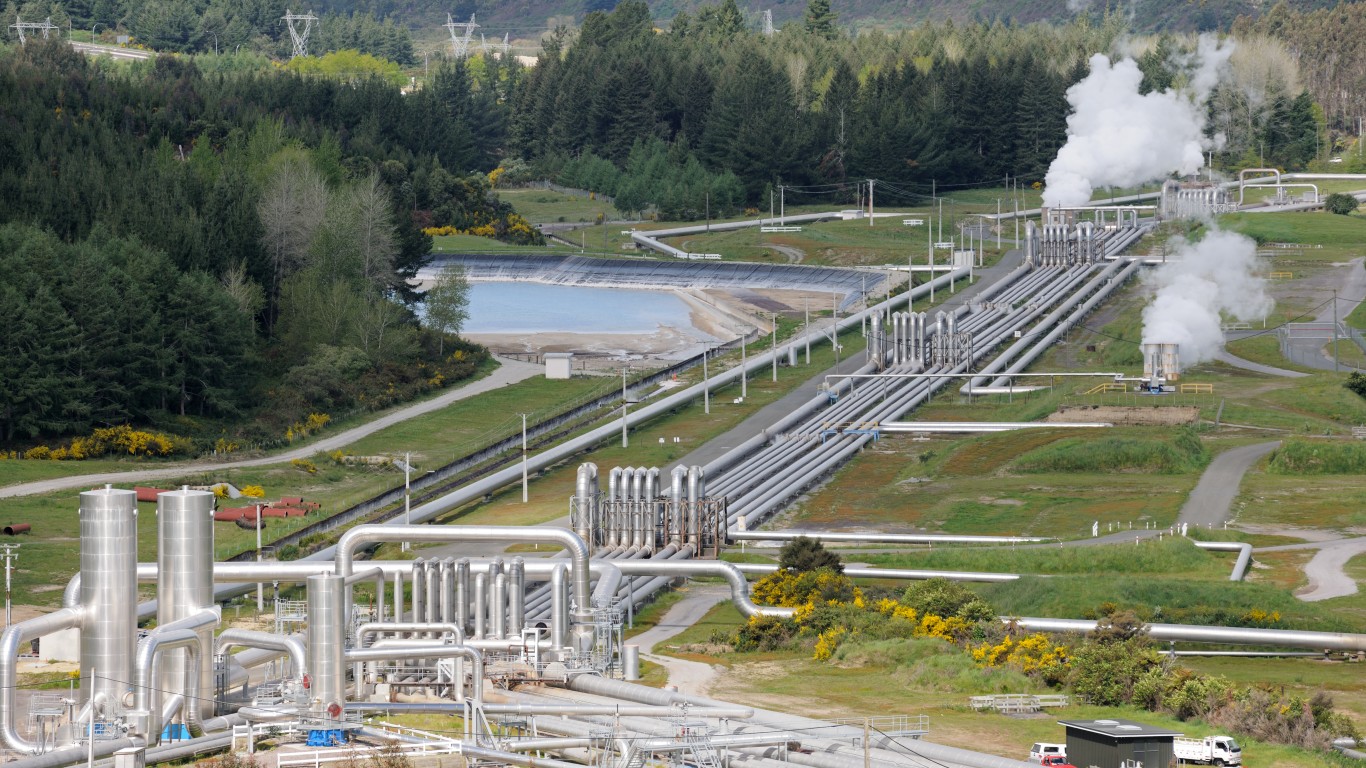By David Callaway, Callaway Climate Insights
Jonathan Maxwell was thrilled with two words that appeared in the COP26 final draft this past week and they weren’t “phased down” or “phased out” — which dramatically split China and India from the rest of the world at the 11th hour. Instead, they were two words that had never appeared in a COP communique before: energy efficiency.
Maxwell, the founder and CEO of Sustainable Development Capital LLC, which runs the only publicly traded investment trust in the UK (LSE:SEIY) dedicated to sustainable finance, said after attending COP summits since 2009, that it was great to see energy efficiency given some priority in global decarbonization plans.
“It is only 40% of the solution, after all,” he joked. Maxwell said the inclusion topped off an “inspiring” COP26 in Glasgow, in which he witnessed climate finance come to the fore. During the conference, he said he saw total assets under management at his company pass $2 billion for the first time and just before it started SDCL announced formation of a special purpose acquisition company (SPAC).
SDCL Edge Acquisition raised $175 million and started trading on the New York Stock Exchange this week, under the ticker SEDA.UT. Maxwell said the company will use the money to take a private company public in the next 24 months. He said it would be a company in the U.S., where SDCL has half its assets, or Europe, and would likely be tied to energy efficiency.
Callaway Climate Insights profiled Maxwell and SDCL last year. As energy efficiency — the practice of helping new and existing buildings reduce energy waste — becomes a bigger part of climate solutions, we can expect more investment, and investment deals to come from that sector. Including this one from SDCL Edge.
Maxwell said for the first time in all the years he’s attended the Conference of Parties (COP) on climate change, the discussion has started to move from the “why” to the “when” to the “how.” In his mind at least, that goes to energy efficiency.
Editor’s note: Callaway Climate Insights will not publish next Tuesday and Thursday for free readers because of the Thanksgiving holiday in the U.S. Subscriber posts will go out as usual per the news cycle.
More insights below. . . .
ZEUS: Infrastructure pop on Wall Street strains chances for Build Back Better
. . . . Stocks ranging from electric vehicles and charging station companies to building construction firms popped this week after President Joe Biden signed the infrastructure bill. But the “Build Back Better” bill now before Congress has more than three times the spending for climate change than infrastructure did. At a time when inflation and supply chain issues are roiling economies, will this one be as easy as the Democrats say it might be? David Callaway has the analysis and what’s next. . . .
Read the full ZEUS column
Banks, business and bypassing Bolsonaro in Brazil
. . . . With all due respect to Greta Thunberg, the answer to saving the Amazon Basin from environmental destruction may come down to the banks and businesses that are coming together to oppose the politics of cattle ranching and forest clearing, writes Ilona Szabo, co-founder and president of the Igarapé Institute, along with Julia Sekula and Ricardo Amatucci. In a guest piece from Glasgow, the writers point to a growing opposition to the policies of President Jair Bolsonaro inside Brazil, particularly among the blue-chip banks behind a lot of the economy. Is it time for a Brazilian reset? . . .
Read the full column
Thursday’s subscriber insights: Bill Gates goes nuclear; ICE expands its carbon credits business
. . . . Bill Gates, who famously said climate innovation will produce eight to 10 Teslas, a Google, an Amazon and a Microsoft, is putting his money into nuclear energy. A new company he’s founded called TerraPower aims to put a unique type of nuclear reactor in Southwest Wyoming, using liquid sodium instead of water. Nuclear power is controversial in clean energy circles, but this project has drawn some big players, including Warren Buffett and the U.S. Energy Department. Read more here. . . .
. . . . It’s hard to miss all those new electric bikes buzzing down our roads, especially in big cities. But with the advent of the e-bike age now comes the problem of how to recycle the batteries, millions of them. A Boulder, Colo. company thinks it has the answer. Read more here. . . .
. . . . The Intercontinental Exchange is expanding its carbon credits business, with a deal to offer carbon credit auctions on projects run by Permian Global, the UK-based developer of tropical forest protection and restoration strategies. ICE, the leading exchange in offering carbon trading in European, UK and U.S. carbon offsets, announced the deal just days after negotiators agreed on rules for international carbon trading at COP26 in Glasgow. . . .
. . . . The National Hockey League may be on thin ice with its recently announced partnership — under, ironically, its NHL Green program — with Chemours (CC), a spinoff of chemical giant DuPont (DD). The dilemma is over a substance called Opteon, a refrigerant mix used in the creation of ice at skating rinks. Read more about the debate over how green this deal really is. . . .
. . . . The EPA plans to begin restricting the use of super-polluting hydrofluorocarbons (HFCs) as coolants in air conditioners, as well as in refrigerators, heat pumps, insulation and aerosols. These changes could benefit U.S. companies if they take advantage of the opportunity to build better and less-polluting cooling technology, beating out the competition, especially in Asia. Read more here. . . .
Was COP26 a success, a failure or a crying shame? In Europe, depends who you ask
. . . . EU President Ursula von der Leyen said it was a “step in the right direction.” Bas Eickhout, vice-chair of the Greens/European Free Alliance, said it was not a success. COP26 President Alok Sharma of the UK held back tears at the end as two big polluters tried to torpedo a coal deal. After 13 days of drama and geopolitical intrigue, the United Nations climate summit is over, and delegates have returned to their countries. Daniel Byrne in Dublin puts the pieces back together. . . .
Read the full EU notebook
Editor’s picks: U.S. holds big crude sale in Gulf; armadillos march north
U.S. holds big crude sale in Gulf
Vast oil reserves in the Gulf of Mexico, holding an estimated 1.1 billion barrels of crude, were auctioned Wednesday by the U.S. Interior Department. Companies including Shell (RDS.A), BP (BP), Chevron (CVX) and ExxonMobil (XOM) bid a combined $192 million for drilling rights on federal oil and gas reserves in the Gulf of Mexico. The Associated Press reports it’s the first such sale under the Biden administration. Bids were expected on drilling leases across 136,000 square miles — about twice the area of Florida. The AP notes it will take years to develop the leases before companies start pumping crude, “meaning they could keep producing long past 2030, when scientists say the world needs to be well on the way to cutting greenhouse gas emissions to avoid catastrophic climate change.”
The town besieged by armadillos
Blame climate change. Armadillos, Texas’s state mammal, is common in that state’s dry heat. But they’ve moved into the town of Sapphire, N.C. — 800 miles away in the Blue Ridge Mountains. The Guardian reports on why this creature, native to southern America, is marching north and how Jason Bullard has become a sort of bounty hunter in the region. According to The Guardian report, “When the first armadillo was sighted here in 2019, Bullard got a call. ‘I just didn’t believe it,’ he said. ‘I thought the woman had a possum and a drinking problem.’ But within a year, Bullard was spending his nights at the local golf course, speeding from hole to hole on a golf cart, killing armadillos on the greens like a sort of cross between Tiger Woods and Davy Crockett.”
Words to live by . . . .
“We are, after all, the greatest problem solvers to have ever existed on Earth. If working apart, we are a force powerful enough to destabilize our planet. Surely working together, we are powerful enough to save it.” — David Attenborough.
Callaway Climate Insights Newsletter
By David Callaway
